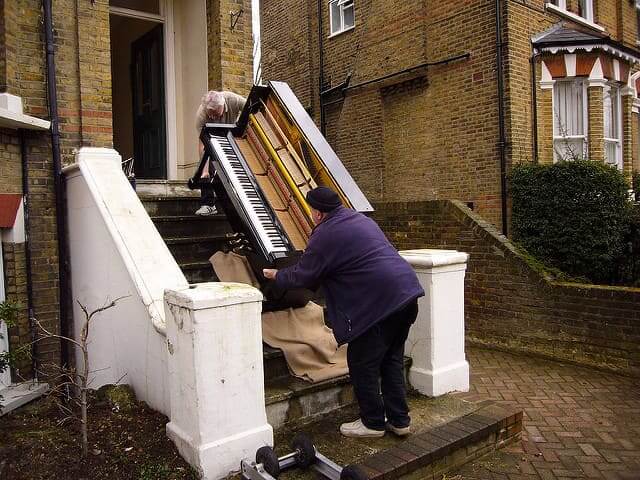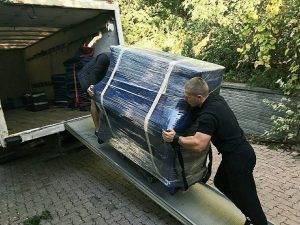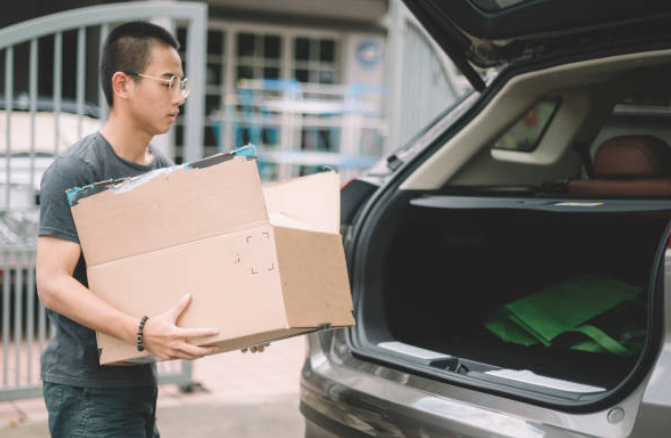Navigating the Process: A Step-by-Step Guide to Piano Moving
Moving a piano can be a tricky task that requires careful planning, coordination, and expertise. From assessing the logistics to executing the move with precision, each step of the process plays a crucial part in guaranteeing the safe and successful relocation of this delicate instrument. Working with top and trusted piano mover atlanta wherever you are can save you from a lot of trouble and time wastage. In this comprehensive guide, we’ll break down the anatomy of a piano move, providing a step-by-step overview to help you navigate the process with confidence and ease.
Assessment and Planning
The first step in any piano move is to assess the logistics and plan accordingly. Determine the type of piano being moved (upright or grand), its dimensions, weight, and any special considerations such as stairs, narrow hallways, or tight doorways. Assess the layout of both the current and destination locations to identify potential obstacles and plan the most efficient moving route.
Gathering Supplies and Equipment
Once the assessment is complete, gather the necessary supplies and equipment for the move. This may include furniture blankets or pads to protect the piano’s finish, moving straps or dollies for lifting and maneuvering, packing tape or straps to secure blankets in place, and any specialized tools or equipment required for disassembly and reassembly.
Preparing the Piano
Before moving the piano, please take steps to prepare it for transportation. Secure the keyboard lid and any removable parts, such as pedals or legs, to prevent them from shifting during transit. Wrap the entire piano in furniture blankets or pads and keep them in place with packing tape or straps. For grand pianos, disassemble the legs and lyre and carefully package them for transport.

Lifting and Maneuvering
With the piano securely wrapped and prepared, it’s time to lift and maneuver it into position for transportation. Enlist the assistance of experienced movers or piano moving specialists to ensure safe and controlled lifting. Use proper lifting techniques and equipment, such as moving straps or dollies, to minimize strain and prevent injury.
Transportation
Once the piano is lifted and properly secured, carefully transport it to the moving vehicle. Use caution when navigating stairs, doorways, and other obstacles, taking care to avoid sudden movements or impacts that could damage the instrument or surrounding property. Secure the piano in the moving vehicle using straps to minimize shifting during transit.
Unloading and Placement
Upon reaching the destination, carefully unload the piano from the moving vehicle and position it in its new location. Take care to place the piano on an even surface away from direct sunlight, heat sources, or humidity extremes that could affect its tuning and condition. Once the piano is in place, reassemble any disassembled parts and remove the protective coverings.
Tuning and Inspection
Finally, a professional piano tuner should be scheduled to inspect and tune the piano after the move. Moving can cause slight changes in tension and pitch, requiring adjustment to ensure optimal sound quality and performance. Once the piano has been tuned and inspected, you can enjoy the beautiful music it brings to your new space.
Conclusion
Moving a piano requires careful planning, preparation, and execution to guarantee a safe and successful relocation. By following this step-by-step guide and enlisting the help of experienced movers or piano moving specialists, you can navigate with confidence and ease, ensuring that your prized instrument arrives at its destination unharmed and ready to fill your new space with beautiful music.…


